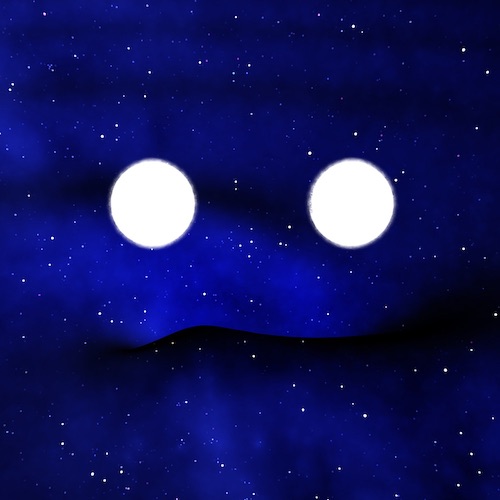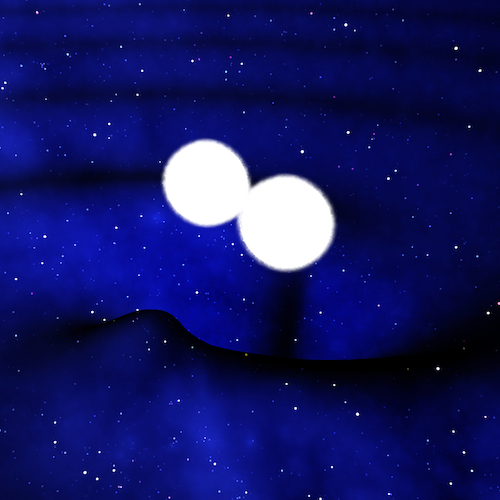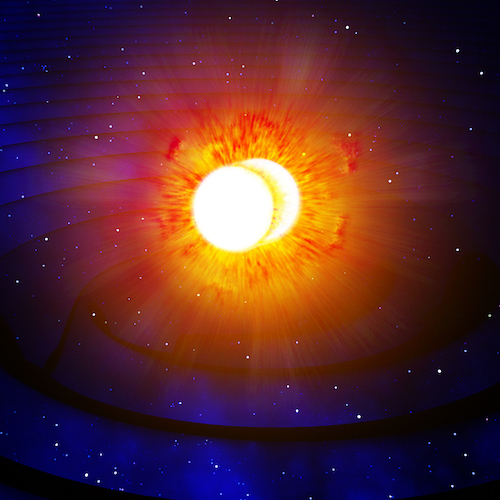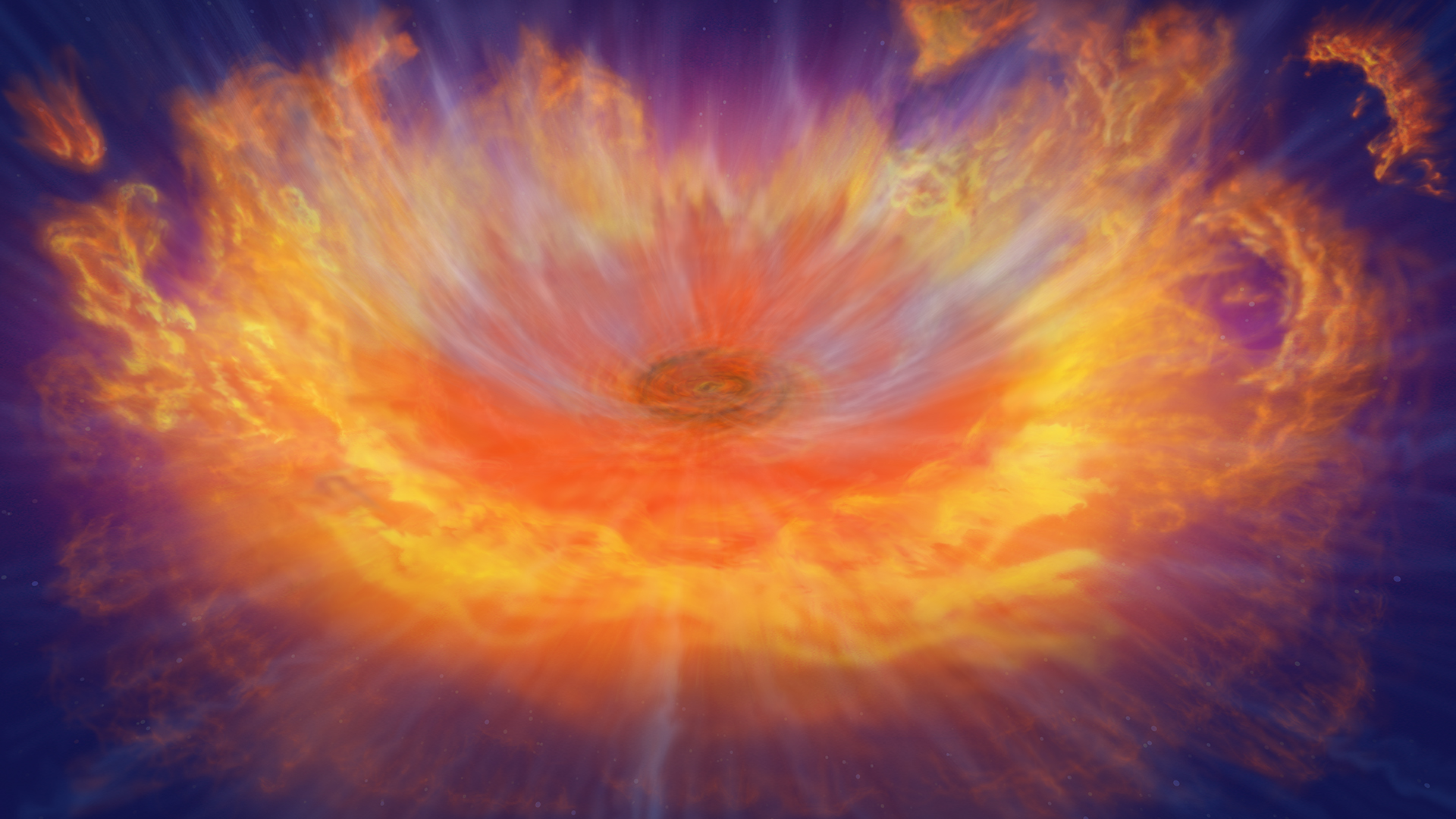Astronomers have tracked down the source of a gravitational wave and discovered the first observed kilonova: a nuclear furnace 100 million times brighter than the Sun producing thousands of times the entire mass of the Earth in heavy elements such as precious metals.
On August 17, 2017 the LIGO-Virgo collaboration alerted more than 90 astronomy teams around the world, that they had detected a signal (GW170817) consistent with the inspiral and merger of two neutron stars. Raffaele Flaminio (NAOJ and CNRS/LAPP), a scientist from the Virgo and KAGRA collaborations, explains that “Thanks to the combination of the data from the LIGO detectors in the US and the Virgo detector in Europe, this was the best ever localized gravitational wave source.”
J-GEM (Japanese collaboration of Gravitational wave Electro-Magnetic follow-up) is a research project to search for optical counterparts of gravitational wave sources because optical observations give us different information than gravitational wave observations. Indeed multi-messenger astronomy, observing the same phenomenon with both gravitational waves and normal light, is needed to paint the full picture of the phenomenon.
Neutron star mergers are expected to have strong optical and infrared light emissions, so J-GEM sprang in to action. Using a network of telescopes around the world, including the Subaru Telescope in Hawai`i and the 1.4-m IRSF telescope in South Africa (run by Nagoya University and Kagoshima University), they observed the source located 130 million light-years away in the constellation Hydra, trying to discern its true nature. As they watched the object change day by day, they realized that they were observing the first ever confirmed kilonova.
Astronomers have long searched for sites in the Universe where the heavy elements were produced by rapid neutron capture (r-process) reactions. One possible candidate was kilonova explosions which are predicted to produce 10,000 times the mass of the Earth in rare earth elements and precious metals.
The time evolution of the color and brightness of the object at the origin of the gravitational waves were too rapid to be a supernova, but matched the simulations of a kilonova made by the supercomputer ATERUI at the National Astronomical Observatory of Japan.
“We were so excited to see the rapid brightness evolution revealed day by day through observations at facilities operated by Japanese institutes distributed all over the world.” said Yousuke Utsumi (Hiroshima University), a scientist in the J-GEM collaboration.
(October 16, 2017 Press Release)
Paper Details
“J-GEM observations of an electromagnetic counterpart to the neutron star merger GW170817”, Utsumi et al., published from Publications of the Astronomical Society of Japan.
"Kilonova from Post-Merger Ejecta as an Optical and Near-Infrared Counterpart of GW170817", Tanaka et al., published from Publications of the Astronomical Society of Japan.
"Subaru Hyper Suprime-Cam survey for an optical counterpart of GW170817", Tominaga et al., submitted to Publications of the Astronomical Society of Japan.
Supercomputer used in this work
 The supercomputer “ATERUI” (Cray XC30) is a massively parallel supercomputer for astrophysical simulations. Its theoretical peak performance is 1.058 Pflops, making it the world’s fastest supercomputer dedicated to astronomical simulation. Since the installation of ATERUI at NAOJ Mizusawa Campus in 2013, approximately 140 users have used this system every year. (Image Credit: NAOJ)
The supercomputer “ATERUI” (Cray XC30) is a massively parallel supercomputer for astrophysical simulations. Its theoretical peak performance is 1.058 Pflops, making it the world’s fastest supercomputer dedicated to astronomical simulation. Since the installation of ATERUI at NAOJ Mizusawa Campus in 2013, approximately 140 users have used this system every year. (Image Credit: NAOJ)
For the use of contents in this website
- Contents are to be used with a clear indication of its copyright (e.g. (c) NAOJ.)
- If you would like to use the contents found in this web site, please follow Terms of Use of the Website of NAOJ.
Related Links
- Optical/Infrared Telescopes Follow Gravitational Waves to Treasure (The Subaru Telescope)
- Astronomers Follow Gravitational Waves to Treasure (NAOJ)
- First Observation of Gravitational Waves from the Merger of two Neutron Stars (Gravitational Wave Project Office)
- LIGO and Virgo make first detection of gravitational waves produced by neutron star collision (The University of Tokyo)
- Astronomers Follow Gravitational Waves to Treasure (Nagoya University)
- First Astronomical Observation for Lights from Gravitational Wave Events -Japanese Telescopes Saw the Birth Place of Heavy Metal Elements (Hiroshima University)





